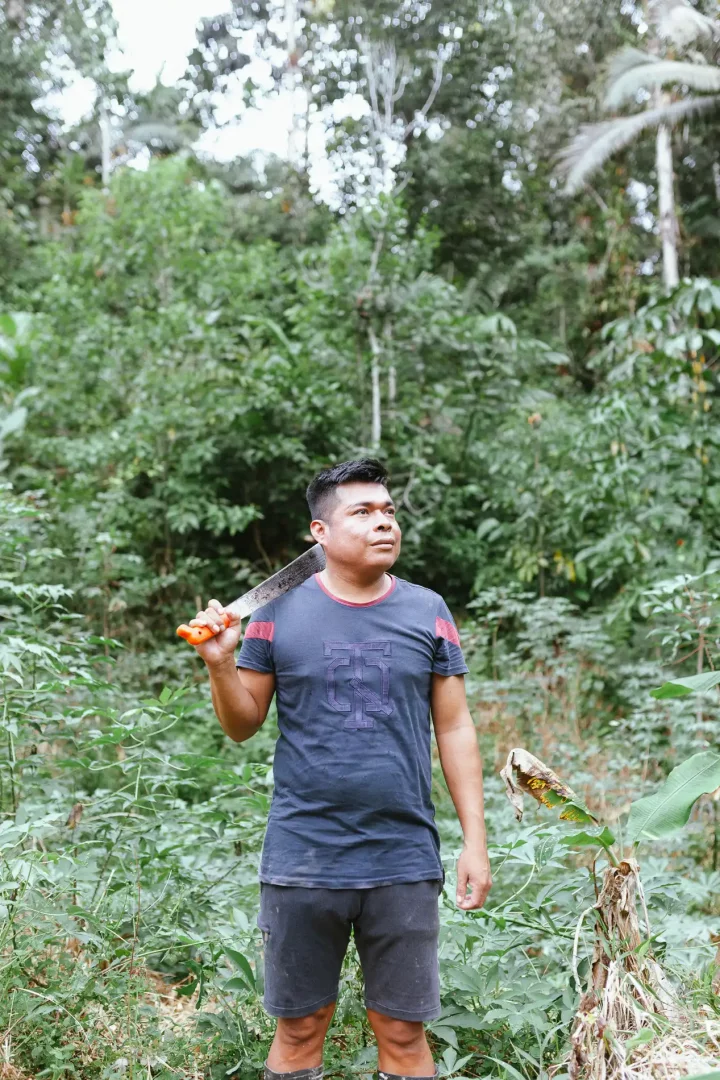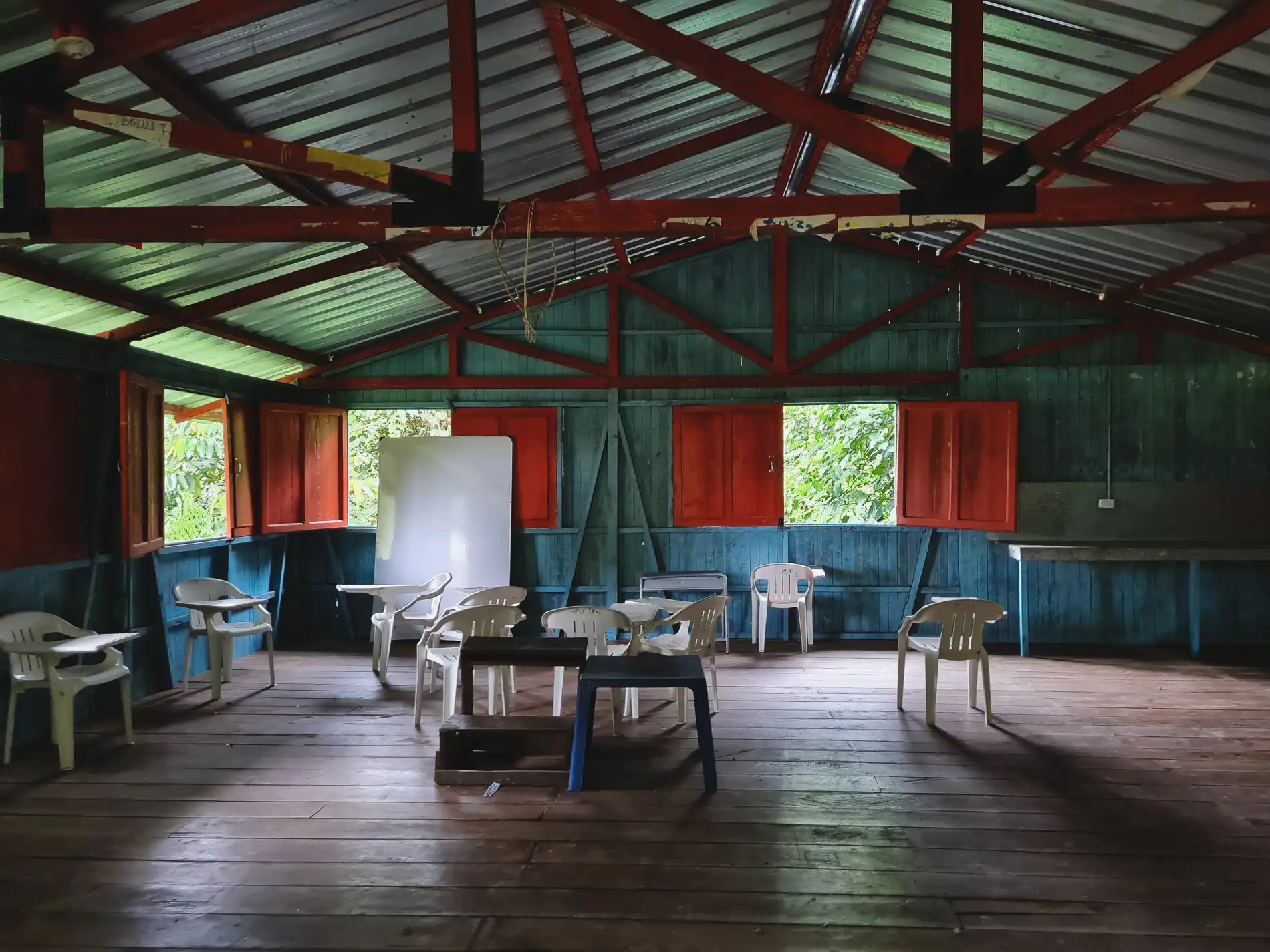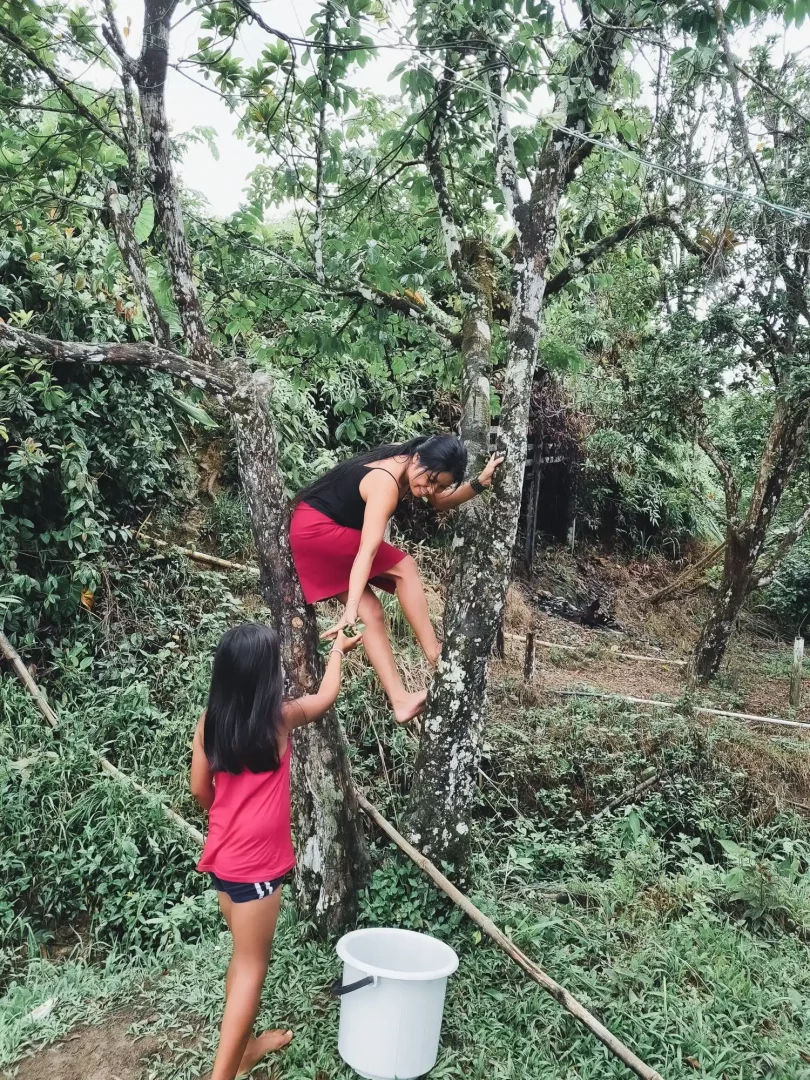Carlos and the golden poison frog

The indigenous Eperara Siapidara people, with only 3800 members left, live on the Colombian Pacific coast. This is home to the golden poison frog (Phyllobates terribilis) – one of the most poisonous animals in the world. The poison of this tiny, bright yellow frog is enough to kill 10 people. It is listed as “critically endangered” on the Red List, as it only occurs here in the world – in the rainforests of the Eperara Siapidara. Poverty and illegal deforestation threaten the leafhopper. Many of the Eperara Siapidara are cleared to sell wood and grow coca.

But there is also hope. Their face is Carlos Robinson Quiro, himself an Eperara Siapidara. The now 26-year-old environmental engineer convinced his community to focus on ecotourism instead of coca. In 2020, part of the autonomous territory of the indigenous people was recognized as a nature reserve.
The project urgently needs supporters, as deforestation is progressing. Carlos is looking for media, nature conservation organizations and sponsors.
Rafael Malaga is one of the first trained tourist guides in the nature reserve. He walks through an illegal coca plantation.


Florin Chiripua processes sugar cane. More than half of the forests in the autonomous region of Eperara Siapidara have already been felled, says Chiripua. “We who are against deforestation are still in the minority.”


Gladys Dura collects leaves from the guanábano tree, a natural remedy for fever.